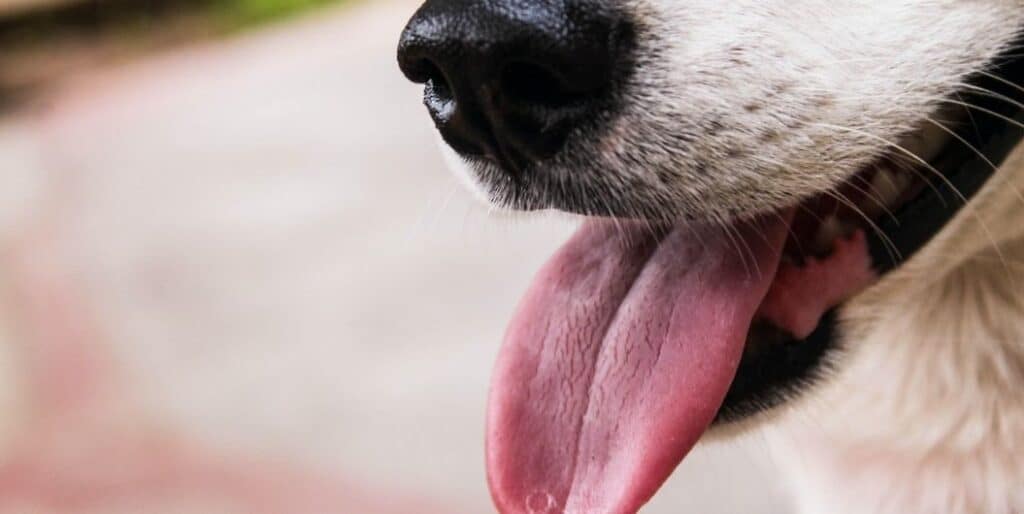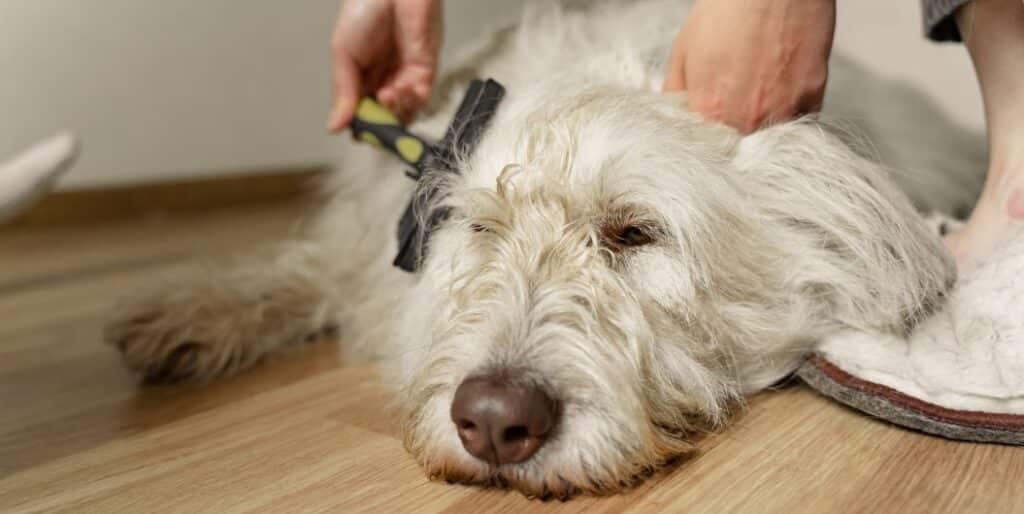How can I Minimize Dog Allergies?

Countless animal shelters and veterinarians have taken in pets as a result of the owner’s dog allergies. This is unfortunate for the pets, as many of them are euthanized regardless of how sweet or loving they may be. However, studies show that one in four allergy sufferers decline to give up their companions despite allergic reactions. These devoted dog owners likely follow a few easy steps to minimize dog allergies and avoid surrendering their animal to an uncertain fate. Thorough house cleaning, regular veterinary care, and a visit to an immunologist are very effective in reducing dog allergies.
Dog allergies are usually the result of dander and/or bacteria in the dog’s saliva. Microscopic allergens present on the animal’s fur can become airborne or simply be transferred from dog to human by physical contact. Preventing or minimizing the distribution of these allergens can ease dog allergies.

The first and most important way to minimize dog allergies is to make sure that your dog is in optimal health. Every other method of reducing allergies will be ineffectual if your pet suffers from nutritional deficiencies, depression, anxiety, or her own allergies. Less than optimal health will likely cause the dog to shed his coat more than the average once or twice a year, increasing the amount of dander that leaves the dog.
Dietary supplements and/or a high quality dog food can help prevent non-seasonal shedding. Nervousness and depression can also cause an increase in shedding. These conditions can be addressed by your dog’s veterinarian. It is also a good idea to let him or her know that you suffer from dog allergies.
Frequent pet grooming, such as bathing and brushing, can greatly reduce dog allergies. There are even specially formulated shampoos and conditioners to help with dog allergies. Ideally, the person who suffers from allergies should not perform the grooming. If there is a non-allergic person in the household, he or she can brush the dog daily and bathe him weekly. Bathing more often may dry out the dog’s skin, which is counterproductive. If there is not a non-allergic person in the household, consider making weekly visits to a professional groomer or hiring a neighborhood teenager to do the grooming for you.

Always wash your hands after touching your dog, especially before touching your face or food. Avoid contact with your dog’s saliva by discouraging her from licking and kissing you. It is a good idea to keep part of your home, such as your bedroom, strictly off limits to your pet to create an environment totally free from allergens.
Once the source of the allergens, i.e., your dog, has been cared for, you can minimize dog allergies by reducing the dander in your home. Avoiding carpeting is the best way to prevent the build up of allergy-causing dander. If you have carpets, invest in a high-performance vacuum cleaner with a high particulate air filter (HEPA) filtration system. Even non-carpeted floors should be vacuumed, since sweeping can stir up dander and release it into the air. Vacuuming furniture, mattresses, and dog beds, as well as covering them with impermeable, washable covers, is also helpful.
Keeping your home well ventilated is also important in minimizing dog allergies. Using HEPA or electrostatic air filters throughout the home has been shown to significantly reduce dog allergies.
Medications that treat allergy symptoms can also be used to minimize dog allergies. Depending on the severity of symptoms, over-the-counter drugs may be sufficient. For more severe cases of dog allergies, an immunologist or allergist can administer allergy shots over a period of weeks that may substantially reduce allergic reactions.






